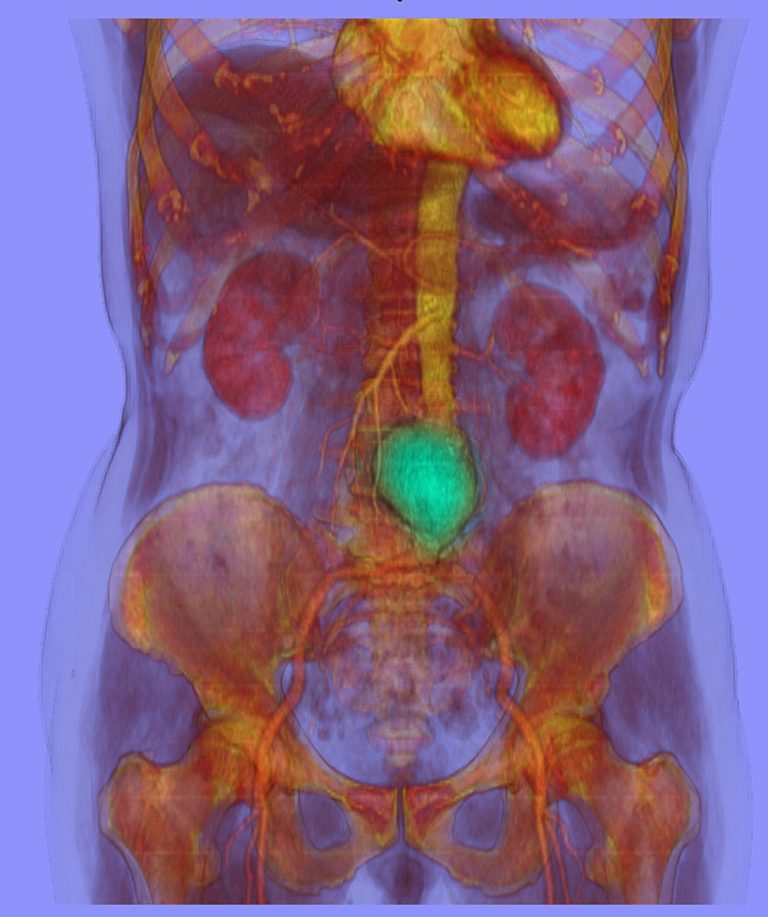
A study carried out in veterans has identified 14 new areas of genetic variation linked to risk for abdominal aortic aneurysms, which the researchers believe could help identify those at risk of experiencing these life-threatening cardiovascular events.
“This study has doubled the number of genetic associations with abdominal aortic aneurysm, adding greatly to our understanding of the disease mechanisms,” said senior researcher on the study, Philip Tsao, Ph.D., a professor of cardiovascular medicine at Stanford University School of Medicine and director of the VA Palo Alto Epidemiology Research and Information Center for Genomics in California.
There are a number of known risk factors for abdominal aortic aneurysms (AAAs), such as older age, male gender and family history – 2-6% of men over 60 develop these aneurysms. They occur when there is a weakening and bulging of the wall of the large blood vessel in the abdomen, which can result in blood clot formation and massive bleeds if a rupture occurs. Only 20% of people survive such a rupture.
There are a number of known risk factors for AAAs, such as older age, male gender and family history. Predicting who will develop such aneurysms so they can be prevented, by avoiding behaviors such as smoking and excessive drinking that increase risk, or at least treated at an early stage, is therefore of high importance.
Tsao and colleagues carried out a genome-wide association study in 179,814 veterans from the Million Veteran Program – 7642 with AAAs and 172,172 controls. As reported in the journal Circulation, they found 14 new areas of the genome linked to AAAs, which adds to 10 previously known genetic associations with AAA. They then replicated their findings in a separate cohort of over 100,000 individuals.
In addition to uncovering new variants linked to AAA, the team discovered that a genetically triggered increase in diastolic blood pressure of 10mmHg increased the risk for formation of these aneurysms by 43%.
“We were surprised that diastolic blood pressure, as opposed to systolic blood pressure, is likely of greater significance in the development of abdominal aortic aneurysm,” Tsao said.
Using the variants they discovered, plus the previously discovered AAA risk associated variants, the researchers developed a polygenic risk score for AAA. This was validated and found to be strongly linked with AAA regardless of other risk factors – one standard deviation increase in the risk score was associated with a 27% increased probability of developing an AAA.
Most of the risk variants (19 out of 24) were also linked to increased risk of aneurysms elsewhere in the body.
“Our data suggest that extending current screening guidelines to include testing to identify those with high polygenic AAA risk, once the cost of genotyping becomes comparable with that of screening ultrasound, would significantly increase the yield of current screening at reasonable cost,” writes the research team, although they acknowledge the need to replicate their work in cohorts with different ethnicities to improve prediction accuracy.











